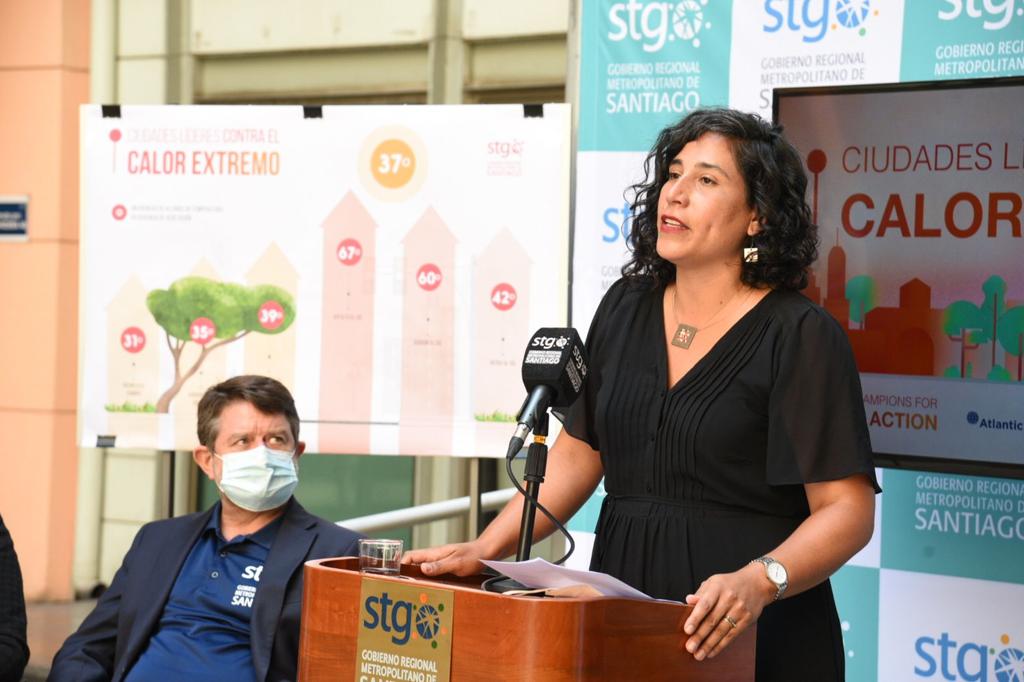
Policy Solution
Chief Heat Officers
Lead by Example

Case Studies
Summary
One of the challenges of protecting people from heat is that the responsibility for heat-related issues is spread across many agencies and positions. A Chief Heat Officer can serve as a unifying leader for this work, responsible for addressing rising temperatures through short- and long-term interventions and raising awareness about heat risks.
Implementation
Appoint, fund, and recruit a Chief Heat Officer and supporting positions as needed.
Considerations for Use
Ensure the Chief Heat Officers are supported within their government functions and have both jurisdiction and funding to implement meaningful solutions.
Overview
Climate:
Cold, Hot/Dry, Hot/Humid, TemperatePolicy Levers:
Lead by ExampleGovernments have ownership and jurisdiction over a range of assets (e.g. buildings and streets) and also serve as a direct employer, and contractor. This allows them to promote heat risk reduction and preparedness solutions and demonstrate their impact through leading by example with proactive interventions to make their assets, employment opportunities, and contracts heat-resilient.Trigger Points:
No-regrets actions (low cost/low effort but substantial benefit)Interventions that are relatively low-cost and low effort (in terms of requisite dependencies) but have substantial environmental and/or social benefits.Preparatory measures (actions to establish authority to act)Actions to establish/ensure the authority to act when appropriate trigger-points occur.Intervention Types:
Planning/PolicySectors:
City Administration
Case Studies
Impact
Target Beneficiaries:
Heat-vulnerable communities, ResidentsPhase of Impact:
Risk reduction and mitigationMetrics:
Number of projects initiated or completed
Implementation
Intervention Scale:
CityAuthority and Governance:
City governmentImplementation Timeline:
Short-term (1-2 Years)Implementation Stakeholders:
City governmentFunding Sources:
Grants and philanthropy, Public investmentCapacity to Act:
High, MediumBenefits
Cost-Benefit:
MediumPublic Good:
MediumGHG Reduction:
N/ACo-benefits (Climate/Environmental):
N/ACo-benefits (Social/Economic):
Build community capacity
